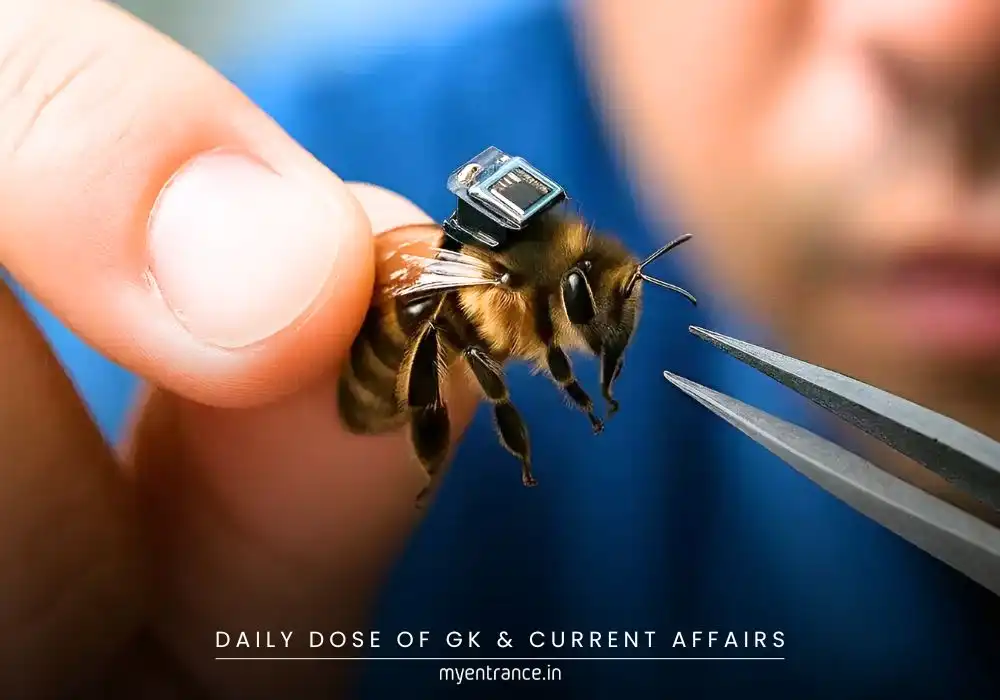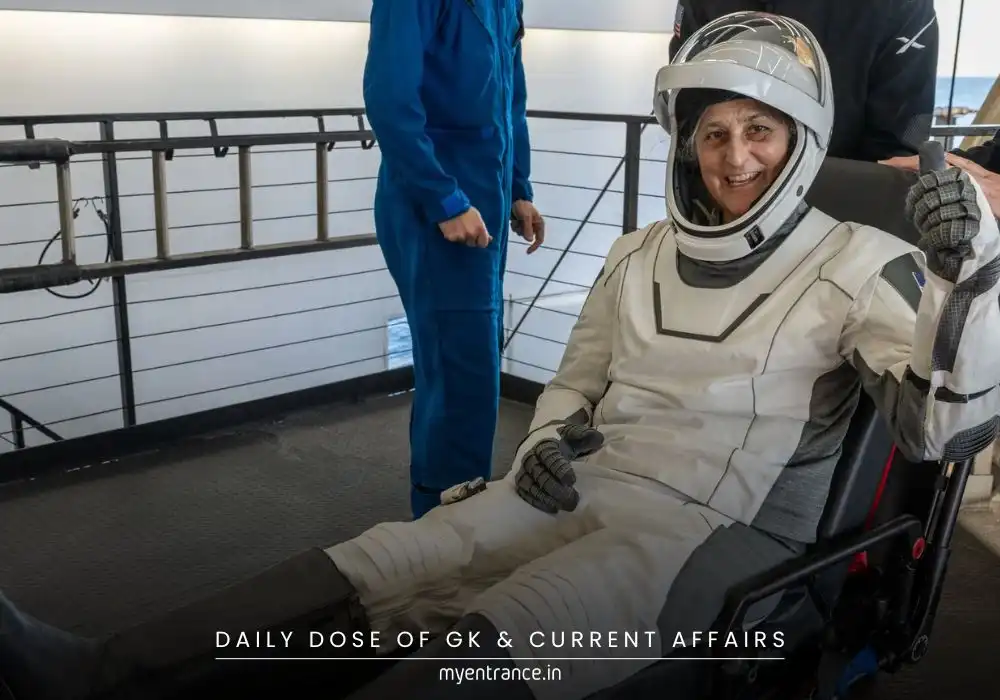Translate Language
How Did Scientists Develop the World’s Lightest Bee-Control Device?
In a groundbreaking leap for robotics and neuroscience, Chinese researchers have created the world’s smallest brain-control device—weighing a mere 74 milligrams. Mounted on a bee’s back, this ultra-light gadget sends electrical impulses to its brain, allowing precise remote control of its flight and walking patterns. This innovation could redefine insect-based robotics in fields like surveillance, disaster relief, and military operations.

How Does the Bee Brain-Control Device Work?
1. Design & Engineering
Developed by the Beijing Institute of Technology, this device is a marvel of micro-engineering:
Made of ultra-thin flexible film circuits, nearly as delicate as an insect’s wing.
Embedded with multiple microchips that process commands via infrared remote control.
Uses three ultra-fine needles to deliver electrical pulses directly into the bee’s brain.
Unlike earlier models, this version is lighter, more flexible, and more efficient, overcoming previous limitations in insect robotics.
2. Functionality & Testing
The device stimulates the bee’s brain with electrical signals, forcing it to turn, fly forward, or reverse.
Testing showed a 90% success rate in controlling bee movements.
Similar technology works on cockroaches, guiding them along pre-set paths.
Challenges remain, including insect fatigue and inconsistent responses in some body parts.
3. Advantages Over Traditional Drones
Why use insects instead of drones?
Natural Camouflage: Bees and cockroaches blend into environments better than machines.
Energy Efficiency: Bees can fly up to 5 km while carrying loads 80% of their body weight.
Stealth Operations: Ideal for covert missions, urban combat, and disaster zones where drones are easily detected.
4. Current Limitations & Future Upgrades
Wired Power Supply: No wireless battery is light enough yet.
Insect Fatigue: Prolonged use affects performance.
Response Variability: Some body parts don’t react uniformly.
Future improvements aim for better precision, wireless power, and enhanced environmental sensing for complex missions.
Sample Questions & Answers (For Competitive Exams)
Q1. What is the weight of China’s new bee brain-control device?
Ans: 74 milligrams—lighter than the nectar a bee carries.
Q2. How does the device control a bee’s movement?
Ans: It sends electrical pulses through fine needles inserted into the bee’s brain.
Q3. Which institute developed this brain-control technology?
Ans: The Beijing Institute of Technology.
Q4. What are the potential applications of insect-based robotics?
Ans: Surveillance, disaster relief, counterterrorism, and narcotics interdiction.
Q5. What is a major limitation of the current device?
Ans: It requires a wired power source since wireless batteries are too heavy.
Why Is This Important for Exams?
This breakthrough is relevant for UPSC, SSC, PSC, NID, NIFT, and other competitive exams because:
It highlights cutting-edge advancements in robotics and bioengineering.
Questions on emerging technologies frequently appear in science and current affairs sections.
Understanding defense and surveillance tech is crucial for exams like UPSC and KAS.
Get 3 Months Free Access for SSC, PSC, NIFT & NID
Boost your exam prep!
Use offer code WELCOME28 to get 3 months free subscription. Start preparing today!















